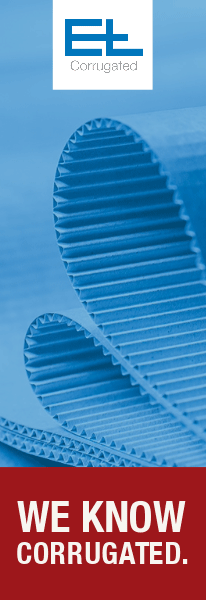HiFlow Solutions has confirmed the successful implementation of an end-to-end software solution for Badger Paperboard, a paperboard converter with four locations across the U.S. This partnership has not only streamlined operations for Badger but has also positioned them for future growth and efficiency.
Badger Paperboard, with facilities in Wisconsin, North Carolina, California, and Texas, faced significant challenges due to outdated legacy software and disconnected operational systems. The lack of support for their legacy software restricted their ability to scale and modernize, creating inefficiencies and operational silos across their locations.
“We needed a solution that could manage our entire process seamlessly—from request for quote and order processing, to production planning, shipments, and invoicing,” said Jacob Smiley, President, Badger Paperboard. “A key objective was to connect all our plants under one platform with a unified database, enabling us to manage operations from a single location while accounting for time zone differences across our sites. We needed a robust ERP/MIS that could serve as a single source of truth and the system of record for all our locations.”
HiFlow Solutions responded to Badger Paperboard’s needs with a tailored ERP/MIS system that provided the comprehensive functionality required to manage their multi-location operations. The system replaced Badger’s estimating tools with HiFlow’s integrated Estimating modules, which link in real-time to critical areas such as inventory, scheduling, and purchasing. This integration not only streamlined operations but also enhanced accuracy and efficiency across all locations.
The implementation process began with Badger’s new North Carolina plant, where despite construction-related delays, HiFlow’s structured approach ensured a smooth rollout. “From the start, HiFlow made a point to thoroughly understand the specific nature of our work as well as understanding our IT stack and the organizational details of the company,” states Smiley. “This was a critical aspect that ensured the success of the project.”
This success laid the groundwork for subsequent implementations at the other three plants, all of which became fully operational within two months. The transition from the old system to HiFlow was completed at each plant within a week.



